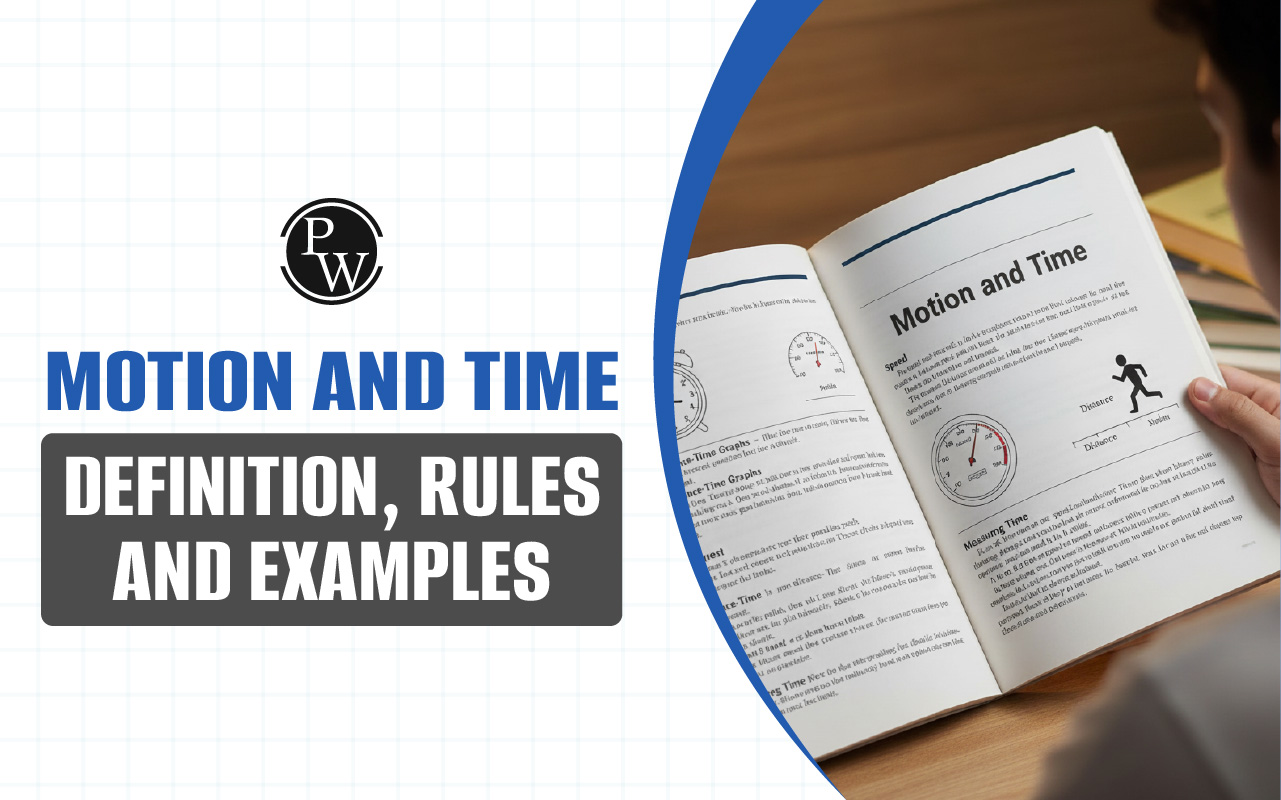
What is Greatest Common Factor?
The Greatest common factor (GCF) is the largest number that divides two or more numbers exactly, without leaving a remainder.
To find it, we first list all the factors of each number, then identify the ones they have in common. The biggest number in that list of common factors is the GCF.
Example: For the numbers 20 and 30, the factors of 20 are 1, 2, 4, 5, 10, 20, and the factors of 30 are 1, 2, 3, 5, 6, 10, 15, 30.
The largest factor they both share is 10. So, the GCF of 20 and 30 is 10.
Greatest Common Factor Definition
According to the greatest common factor definition, GCF is the largest number that divides two or more numbers completely without leaving any remainder.
It is also called the highest common factor ( HCF) or greatest common divisor (GCD). It is represented as GCF(a, b) or GCD(a, b), where a and b are the given numbers
Read more: HCF and LCM Formula
How to Find the Greatest Common Factor?
Here are three main methods to find the greatest common factor:
-
Listing out common factors
-
Prime factorization
-
Division method
1. GCF by Listing Out Common Factors Method
In this method, we list all the factors of each number and identify the common ones. The largest among them is the GCF.
Example: Find the GCF of 14 and 28.
Factors of 14: 1, 2, 7, 14
Factors of 28: 1, 2, 4, 7, 14, 28
Common factors: 1, 2, 7, 14
GCF = 14
2. GCF by Prime Factorization Method
Here, each number is expressed as a product of its prime numbers. The GCF is the product of the common prime factors.
Example: Find the GCF of 48 and 72.
Prime factorization of 48:
2 × 2 × 2 × 2 × 3
Prime factorization of 72:
2 × 2 × 2 × 3 × 3
Common prime factors:
2 × 2 × 2 × 3
GCF = 24
3. GCF by Division Method
GCF by Division Method is generally used to find the greatest common factor of large numbers quickly and easily. Follow the steps given below to find the GCF:
Step 1: Divide the larger number by the smaller number to start finding the GCF using the Division Method.
Step 2: Take the remainder as the new divisor, and the previous divisor as the new dividend.
Step 3: Continue dividing until the remainder becomes 0.
Step 4: The last divisor before the remainder is 0 is the GCF.
Example: Find the GCF of 128 and 200.
-
200 ÷ 128 = 1 remainder 72
-
128 ÷ 72 = 1 remainder 56
-
72 ÷ 56 = 1 remainder 16
-
56 ÷ 16 = 3 remainder 8
-
16 ÷ 8 = 2 remainder 0
GCF = 8
Read more: Division. Meaning, Steps, Examples
GCF and LCM
The greatest common factor (GCF) is the largest number that divides the given numbers without leaving any remainder, while the least common multiple (LCM) is the smallest number that is a multiple of the given numbers and can be divided by each of them exactly.
For example, let us find the GCF and LCM of 15 and 20.
The factors of 15 are 1, 3, 5, 15
The factors of 20 are 1, 2, 4, 5, 10, 20.
The common factors are 1 and 5, so the greatest common factor is 5.
Thus, GCF(15, 20) = 5.
Now, the first few multiples of 15 are 15, 30, 45, 60, and the first few multiples of 20 are 20, 40, 60, 80.
The least common multiple is 60. Thus, LCM(15, 20) = 60.
There is also an important relation between GCF and LCM.
For any two numbers a and b, the product of the GCF and LCM is equal to the product of the two numbers.
That is, LCM(a, b) × GCF(a, b) = a × b.
Verifying this with the above example,
LCM(15, 20) × GCF(15, 20) = 60 × 5 = 300, and 15 × 20 = 300.
Hence verified.
Read more: Multiples - Definition and Examples
Difference Between GCF and LCM
The concepts of LCM and GCF are closely related in mathematics, but they are used for different purposes. The table below highlights the key differences between GCF and LCM:
|
Difference Between GCF and LCM |
||
|
Aspects |
GCF |
LCM |
|
Definition |
The GCF is the largest number that divides two or more given numbers exactly, without leaving any remainder. |
The LCM is the smallest number that is a multiple of two or more given numbers and can be divided by each of them exactly |
|
Full Form |
It represents the greatest value in the intersection of the sets of common factors of the given numbers. |
It represents the smallest value in the intersection of the sets of common multiples of the given numbers. |
|
Use in Mathematics |
GCF is used to simplify fractions, reduce ratios, and divide items into equal groups |
CM is used to find common denominators in fractions, synchronize cycles, or calculate the least repetition point. |
|
Calculation method |
Found by listing factors of each number and selecting the largest common one, or by multiplying the prime factors common to both. |
Found by listing multiples of each number and selecting the first common one, or by multiplying the highest powers of prime factors |
|
Symbol |
Written as GCF(a, b) or GCD(a, b). |
Written as LCM(a, b). |
Also read: Pythagorean Triples
Greatest Common Factor Examples
1: Find the GCF of 24 and 36 by the Listing Method.
Solution:
Factors of 24 = 1, 2, 3, 4, 6, 8, 12, 24
Factors of 36 = 1, 2, 3, 4, 6, 9, 12, 18, 36
Common factors = 1, 2, 3, 4, 6, 12
The greatest common factor = 12
2: Find the GCF of 45 and 75 by the Prime Factorization Method.
Solution:
Prime factorization of 45 = 3 × 3 × 5
Prime factorization of 75 = 3 × 5 × 5
Common prime factors = 3 × 5
The greatest common factor = 15
3. Find the GCF of 90 and 126 by the Division Method.
Solution:
Step 1: Divide 126 by 90
126 ÷ 90 = 1
Remainder 36
Step 2: Divide 90 by 36
90 ÷ 36 = 2
Remainder 18
Step 3: Divide 36 by 18
36 ÷ 18 = 2
remainder 0
The greatest common factor = 18
Make Maths Fun and Easy for Your Child with CuriousJr
Is your child struggling with maths at school or taking longer to complete homework? Many children need extra guidance and practice to fully understand concepts and gain confidence in solving problems. CuriousJr’s Online Maths Classes make learning simple, engaging, and enjoyable.
What makes CuriousJr online classes stands out:
-
Live interactive sessions with easy-to-follow explanations
-
Two-teacher model ensuring personal attention and instant doubt-solving
-
Curriculum aligned with CBSE, ICSE, and other state boards
-
Homework support and extra practice to strengthen key concepts
-
Progress tracking and regular updates to parents, keeping you informed
Book a demo today and help your child build speed, accuracy, and confidence in maths.
Do you need help with your homework or preparing for exams?
Study without using the internet
Greatest Common Factor FAQs
What is meant by the greatest common factor?
How to find the GCF in Maths?
Can GCF and LCM be the same?
Which is bigger, GCF or LCM?
Can we find GCF and LCM for more than two numbers?







